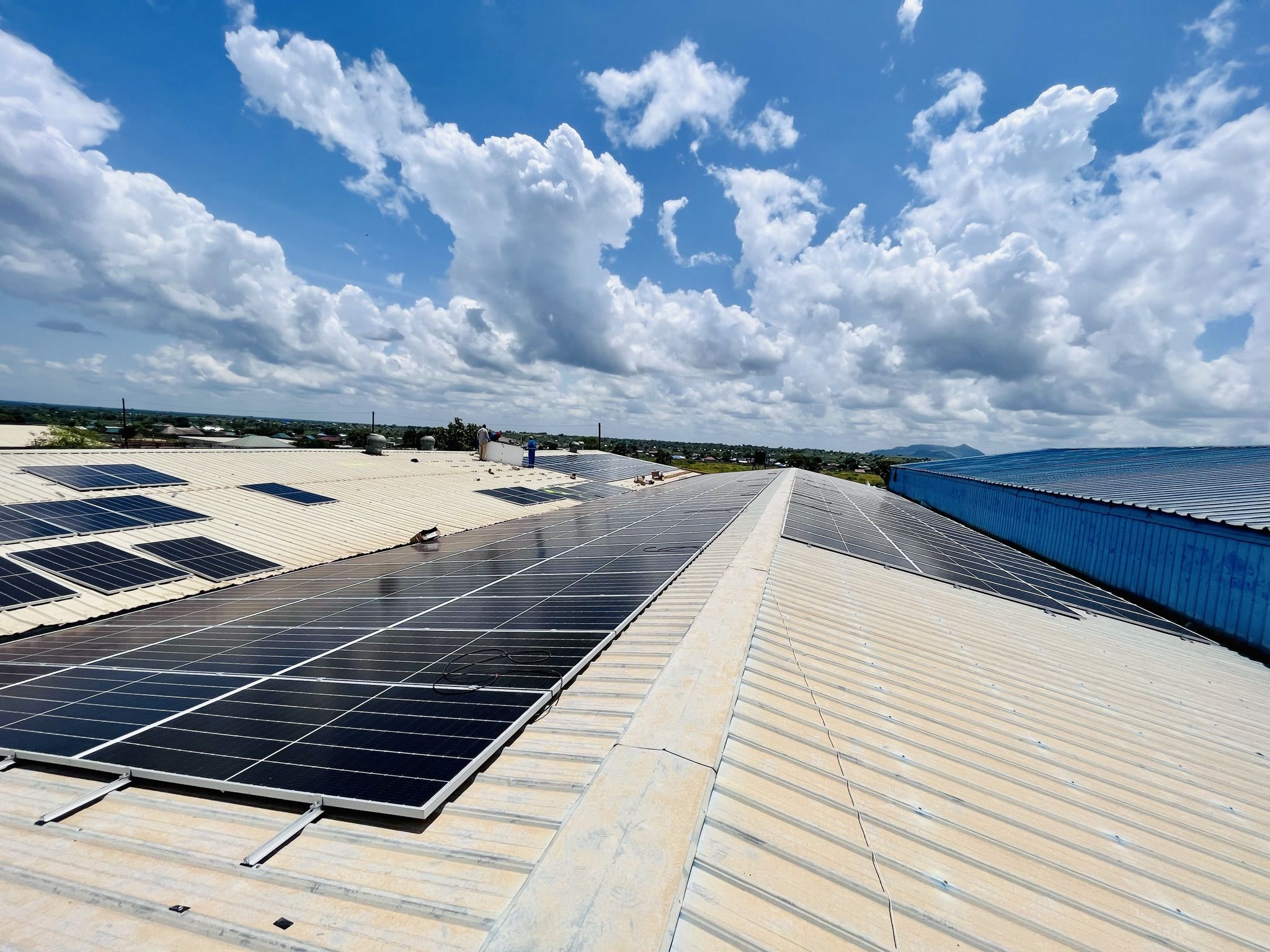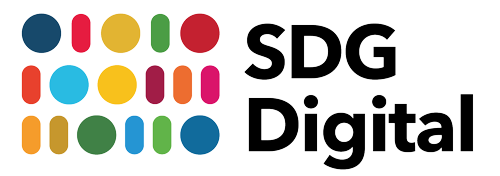
Smart Health Facilities: Digitally enabled solutions to strengthen health systems


Digital solutions are essential to achieve the Sustainable Development Goals (SDGs) and improve the lives of millions worldwide. Manish Pant, Digital Health Policy Specialist at UNDP Digital Health for Development Hub, shares his perspective on how the United Nations Development Programme (UNDP) is implementing Smart Health Facilities to enhance health service delivery, resilience, and sustainability.
Tell us about your digital solution to accelerate progress on the UN Sustainable Development Goals.
Smart Health Facilities are digitally enabled infrastructure solutions that leverage “smart” technology to strengthen the resilience and sustainability of health systems and facilitate the delivery of reliable, equitable, high-quality healthcare. For example, they can provide reliable tracking and delivery of critical medical supplies, as well as green energy security for central medical storage facilities and national laboratories. These are crucial for disease surveillance and pandemic preparedness and response.
Which organization or group is behind the digital solution?
Smart Health Facilities are an example of UNDP’s “portfolio solution” that combines an interdisciplinary set of technical teams with complementary expertise from around the organization.
UNDP’s Sustainable Finance Hub, International Centre for Private Sector in Development, and HIV and Health Group came together with the Information and Technology Management Unit to explore how their deep expertise in infrastructure solutions for UNDP facilities – especially in the domain of smart solar energy – could be adapted to support health systems. At the outset, those systems came under unprecedented strain due to the COVID-19 pandemic.
Now, this work is an integral part of the UNDP’s Digital Health for Development Hub, which aims to strengthen overall health systems and support countries on their digital health transformation.
UNDP has pursued these digital solutions with support from GAVI (Gavi, the Vaccine Alliance) and the Global Fund to fight AIDS, Tuberculosis and Malaria – which has a long-standing and robust partnership with UNDP.
How can your digital solution help put the SDGs back on track?
Smart Health Facilities place people and communities at the centre of their design and use innovative technologies to enhance the most critical functions of health systems. This enables end-to-end delivery of essential services in a resilient, sustainable, and equitable way – from disease prevention and pandemic preparedness to the supply of medical commodities and support for healthcare workers, all the way to data collection and healthcare waste management.
These solutions are already underway in several countries, including Afghanistan, Eswatini, Guinea-Bissau, São Tomé and Príncipe, South Sudan, Uganda, and Zimbabwe. They have resulted in reliable tracking and delivery of over 2 billion routine immunization and COVID vaccines and are anticipated to mitigate 5,250 tonnes of carbon dioxide equivalent (CO2e) emissions annually.
Which of the SDGs does your project aim to address, and why?
Our solution plays a significant role in achieving multiple SDGs, including Goal 3: Good Health and Well-being; Goal 7: Affordable and Clean Energy; andGoal 9: Industry, Innovation, and Infrastructure.
In addition to strengthening health systems, these green energy solutions contribute to reducing carbon in public infrastructure with high energy consumption. The integration of smart technologies further equips healthcare workers and decision-makers with real-time data and insights directly from facilities, enabling optimized resource allocation and enhancing the overall quality of healthcare services.
The resulting combination bridges the digital divide and improves the resilience of healthcare facilities, ultimately ensuring continuous access to essential, reliable, and equitable medical care.
What are the greatest challenges and risks you have faced in rolling out your digital solution for the SDGs?
The Smart Health Facility journey has challenged us to be flexible and rethink how we work.
Digital technologies and their application are of a different nature from other innovations, especially in the health space. We need to adapt our systems, processes, rationales, and approaches to partnership for these promising technologies to reach their full potential in transforming health systems.
One of the key challenges has been to achieve widespread adoption and acceptance of our digital solution, as well as overcoming resistance to change and addressing data security and privacy concerns. Stakeholder engagement at various levels is crucial to ensure buy-in and user acceptance.
The global COVID-19 pandemic and its aftermath have made project continuity challenging, with delays, economic uncertainty, and budget constraints.
In response to these challenges, we have continued innovating and developing creative solutions to maximize the impact of Smart Health Facilities worldwide.
What are the advantages of joining forces with the International Telecommunication Union (ITU) and other partners to advance digital solutions for the SDGs?
We see collaboration as a strategic imperative to advance digital SDG solution. Partnerships can offer unparalleled access to a global network of experts, policymakers, and resources. Think about ITU and UNDP – both international organizations with extensive reach that can provide invaluable space for knowledge sharing, best practices, and experiences. By tapping into their specific expertise, we gain critical insights into emerging technologies, regulatory frameworks, and prevailing challenges for the healthcare sector, which in turn enhances the effectiveness of Smart Health Facility solutions.
In this context, collective action is needed as never before. Together, we can amplify our impact and effectively utilize our strengths and resources to confront the complex challenges of today.
UNDP’s Smart Health Facilities are featured as a digital solution for SDG9 (industry, innovation and infrastructure) in the SDG Digital Acceleration Agenda, prepared by ITU and UNDP with knowledge partner Boston Consulting Group and support from the Inter-American Development Bank (IDB).
Learn more about SDG Digital.
Header image: ©UNDP South Sudan/A. Agiro
